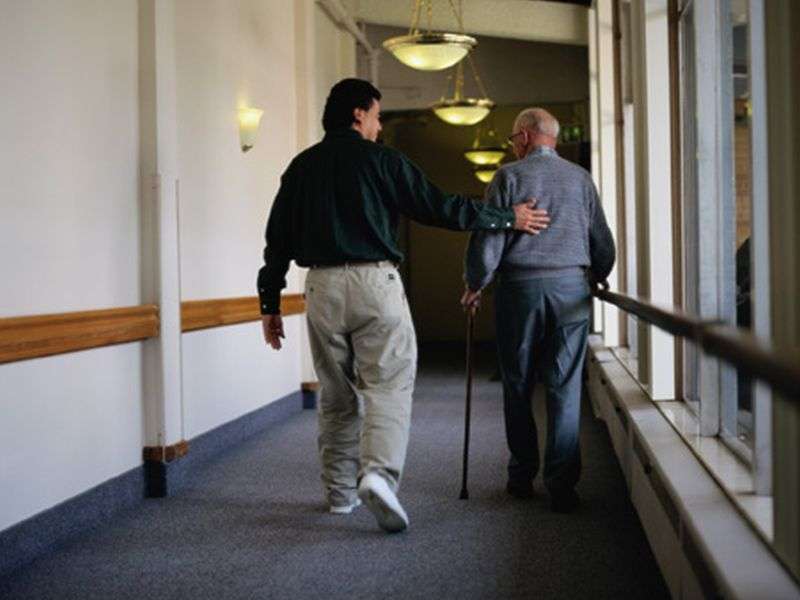Bayesian method useful for noncompleters of 400-m walk

(HealthDay)—A Bayesian multiple imputation (MI) method is useful for calculating the speeds of those who are unable to complete the 400-m walk test within the time constraint (noncompleters), according to a study published online Sept. 8 in the Journal of the American Geriatrics Society.
Noting that a simplistic imputation method is used to calculate the observed speeds of noncompleters as the partially completed distance divided by the corresponding amount of elapsed time, Haiying Chen, M.D., Ph.D., from Wake Forest University in Winston-Salem, N.C., and colleagues proposed a Bayesian MI method to impute the unobserved 400-m gait speed for noncompleters. The method is based on the assumption that the unobserved 400-m gait speed of noncompleters is left-censored from a normal distribution. The method was applied using longitudinal data collected from the Lifestyle Interventions for Elders study. Both methods were used in a simulation study, which was performed to assess the bias in estimation of the mean 400-m gait speed.
The researchers found that the simplistic imputation method tended to overestimate the population mean. With the Bayesian MI, there was minimal bias with increasing sample size.
"We hope that this article will raise awareness of the value inherent in using the Bayesian MI method in analysis of walking test data within the fields of gerontology and geriatric medicine," the authors write.
One author disclosed financial ties to the pharmaceutical industry.
More information:
Abstract
Full Text (subscription or payment may be required)
Copyright © 2017 HealthDay. All rights reserved.



















